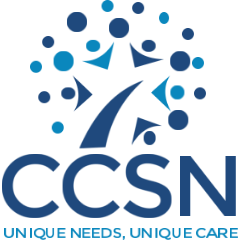Employer Consultation
Helping employers capitalize on the benefits of a neurodiverse workforce
The number of individuals born after 1992 with autism spectrum disorders (ASD) but without any intellectual disabilities entering the labor market will cumulatively approach one-million over the next 20 years and companies that aren’t prepared to support this population will lose out on a valuable talent pool.
The concept of “neurodiversity” represents the inclusion of individuals whose minds are “wired” to operate differently and recognizes the value that these individuals can bring to the workplace
Neurodiversity operates on the same premises as ethnic, racial, gender, cultural, or sexual diversity and can be incorporated into a company’s culture using the existing diversity and inclusion mechanisms such as Employee Resource Groups (ERGs) and targeted hiring & recruiting campaigns.
By taking an aptitude-first approach, companies can support employees that have the technical abilities to perform the job with the proper accommodations to ensure that employee and their colleagues can be successful.
Themes for Successful Implementation of a Neurodiversity Program in Companies
- Organizational Commitment to Diversity & Inclusion
- Firms must recognize the inherent benefits offered by supporting a diverse workforce
- Awareness of the value of neurodiversity in the mission to increase innovation
- Existing HR infrastructure and processes supporting Diversity & Inclusion that can be scaled to support new groups or populations
- Top-Down and Bottom-Up Organizational Support
- Team members across the organization need to commit time, resources and enthusiasm to program
- Training and awareness resources need to be made available to colleagues throughout the organization
- Executive stewardship of program to help navigate inevitable corporate hurdles
- “Buddy” system of colleagues and teammate volunteers who can be on-the-job resources for questions as they arise
- Clearly defined program scope with necessary tracking, support, and accountabilities
- Comprehensive project plan with program milestones, rollout schedules and a clearly defined mission with stated objectives
- Collaboration with Clinical and Community Partners
- Clinically-based understanding and support is critical to developing and executing an effective program that recognizes the unique needs of individuals with ASD
- Create connections with state and community resources
